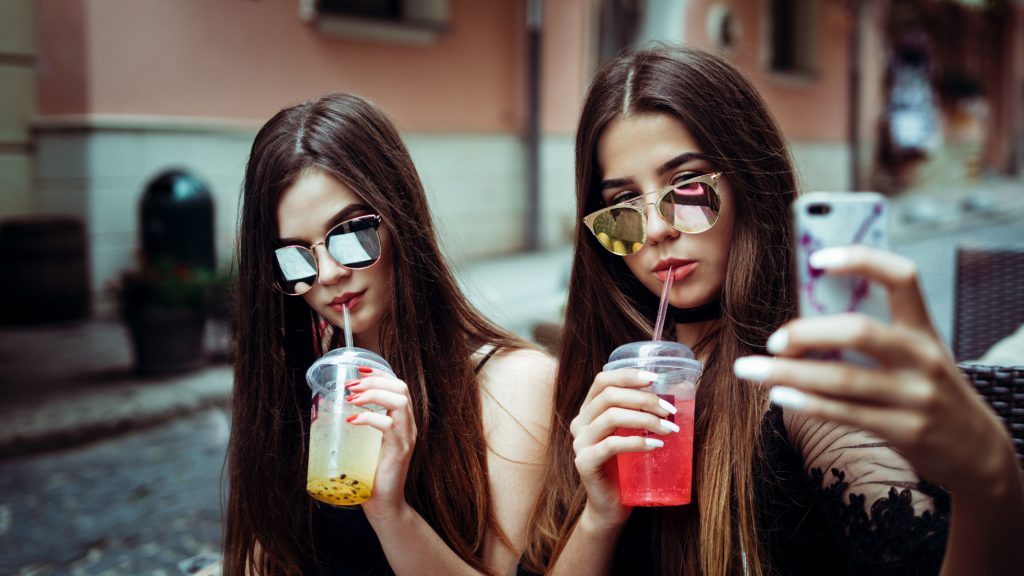How Influencer Marketing is Changing the Game for Travel Destinations

Let’s say that you’re desperately in need of a vacation, but have no idea where you want to travel. You log in to your Instagram account to try to get ideas and see one of your favorite accounts is on vacation too. Curious, you go to their profile and see tons of images of this person lounging on a picturesque beach. “Oh wow, I wish I could go there”, you think to yourself. You read the caption and see recommendations for where to eat, what to do, and where to stay. “This is perfect”, you might say, “if my favorite account goes here and they say that this place is fantastic, I can take pictures and experience this place just like they did!” And just like that, you’re off to book your flight and hotels.
Influencers: Travel Agents for the Social Media Age
The truth is, word of mouth is one of the strongest persuasive tactics to make consumers pull the trigger on planning their next vacation spot. It’s one of the oldest marketing tactics known to man, and this remains true even in the digital zeitgeist of social media. More than 60 percent of U.S. travelers use social media platforms like Facebook and Instagram to decide their next travel destination.
This is where influencers come in. An influencer is a person or group with a sizable social media following that has the ability to influence the buying or spending behaviors of consumers based on created content. This comes in many forms, from makeup review vlogs on YouTube to appearing in commercials. Endorsements are nothing new in the marketing world, yet influencer marketing has been on the tongues of marketers within the past few years, due to the explosion of social media and the ability to hold influence thanks to large social media followings.
The reason that influencer marketing has taken off amongst DMOs is because influencers act as a consumers’ best friend, but also as their travel agent for the new millennium. Influencers are characterized by a loyal following that trusts them, so when an influencer posts about being at a certain destination, their followers are more likely to book reservations based off of the recommendation of that influencer than any other kind of advertisement. And since over 40 percent of the millennial market consider “Instagrammability” when selecting their next travel destination (how photogenic, social media-friendly a destination is), influencers are a key component in a consumer’s’ decision to travel.
How Should Travel Brands Move Forward with Influencers?
Influencer marketing is huge right now, and travel destinations will want to strike while the iron is hot. Just last year, 39 percent of marketers increased their marketing budgets for 2018, and 86 percent of marketers used some form of influencer marketing in their campaign strategies. But before jumping into an influencer marketing campaign, it’s important for DMOs to make sure they’re getting their money’s worth. Here’s a few simple tips on how to get the most out of your influencer campaign.
Influencer marketing is about more than just large followings. On paper, enlisting the help of an influencer with a million followers seems like a no-brainer. But effective influencer marketing campaigns are about more than just how many followers someone has. Instead, travel destinations should be looking towards accounts with high engagement rates to ensure more “bang for their buck”. This is why many brands have turned to “microinfluencers”, with followings of around tens of thousands or less, or even “nanoinfluencers”, who only have about a thousand followers. The numbers may be lower, but more often than not, engagement rates are higher, costs are lower, and brands can avoid oversaturation at the top of the influencer food chain. DMOs should also strive for quality over quantity; that is, the quality of the content more so than the quantity of followers someone has. If you spend money on a paid partnership with someone, it’s important to ensure that your brand gets something out of the campaign.
Make sure your influencers align with your brand values. Suppose your travel campaign is all about health and wellness, attaining peace of mind and body in a scenic location. It’s tempting to go for that influencer with a high following count, but previous posts advertising alcohol brands and diet pills will send the wrong message, and make your campaign seem contradictory and phony. Alternatively, let’s say that you’re a luxury brand that strives for elegance and class, and you want to advertise a jet set getaway. It might not be such a good idea to enlist the services of an influencer whose feed is littered with skimpy selfies and naughty comments. There’s nothing wrong with advertising an alcoholic brand or posting a racy photo; it is, after all, the influencer’s freedom to do so, and this may even align with some brands. But make sure when contracting an influencer that their content and values align with your own for an authentic campaign.
Set guidelines for yourself and for influencers you work with. Last year, Visit California created its Digital Influencer Advisory Board as part of an effort to set guidelines and effectively track return on investment for its influencer marketing partnerships, becoming one of the first tourism boards to create such a group. This is a great example set by Visit California to ensure that when travel brands pursue an influencer marketing campaign, they’re actually seeing positive results instead of simply chasing a trend. In doing so, travel brands have the power to define how the campaign should work for them and what they want to get out of it, and makes an influencer campaign more of a partnership and less of a promotion.
Social media marketing and influencer marketing are relatively young platforms compared to more traditional campaigns travel brands choose to employ when advertising their destinations, but they’re platforms worth exploring based on the impact they have on consumers.
It’s important to choose influencers that work with your brand, and are willing to work within the guidelines (and budget) you set in place. Alternatively, give your influencers the wiggle room they need to flex their creative prowess, such as creating flexible itineraries and collaboration on post copy. This ultimately creates a more authentic feel to your influencer campaign while securing the “Instagrammability” your consumers crave.



